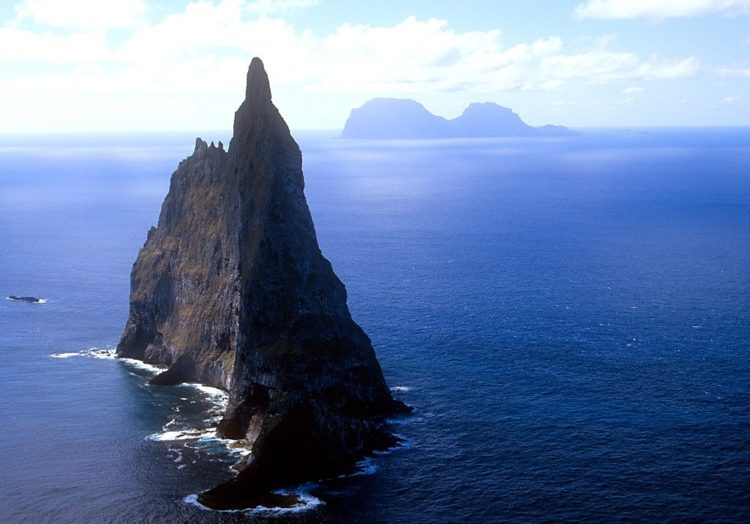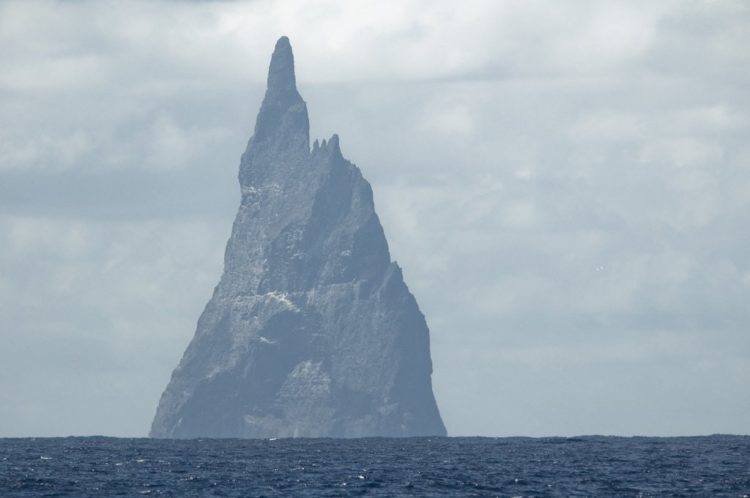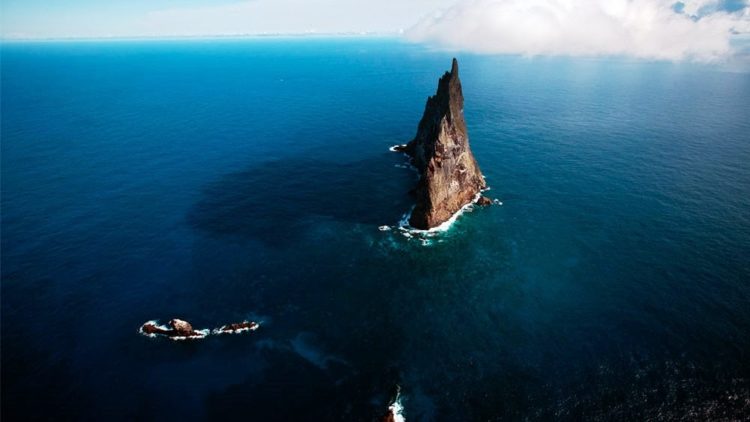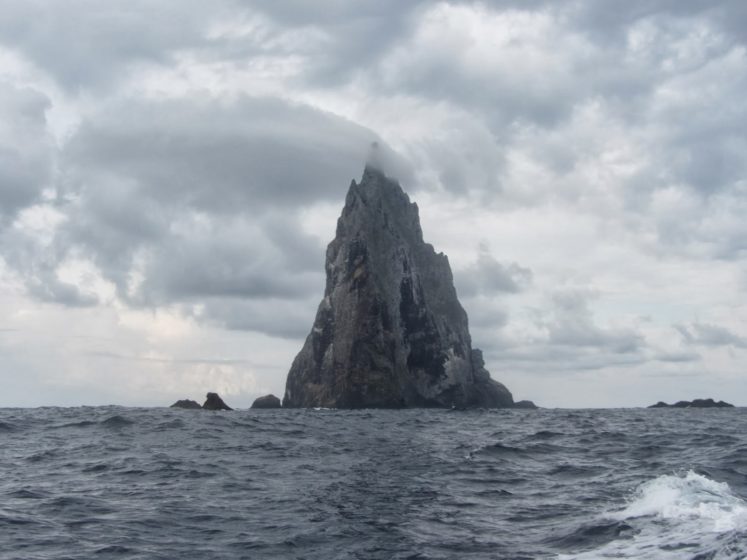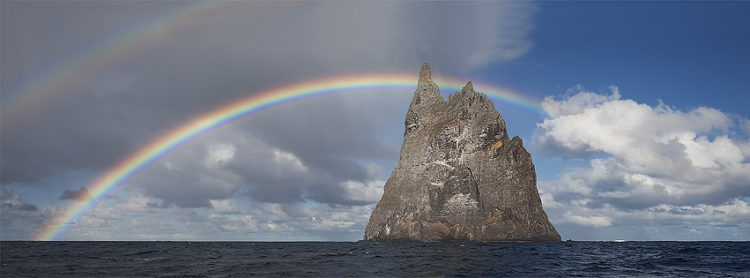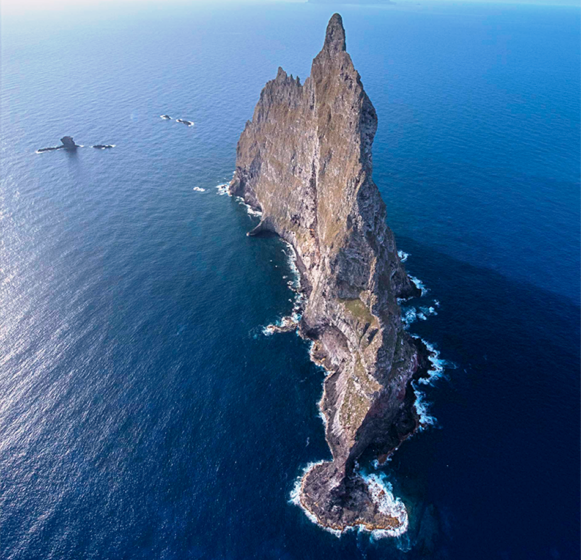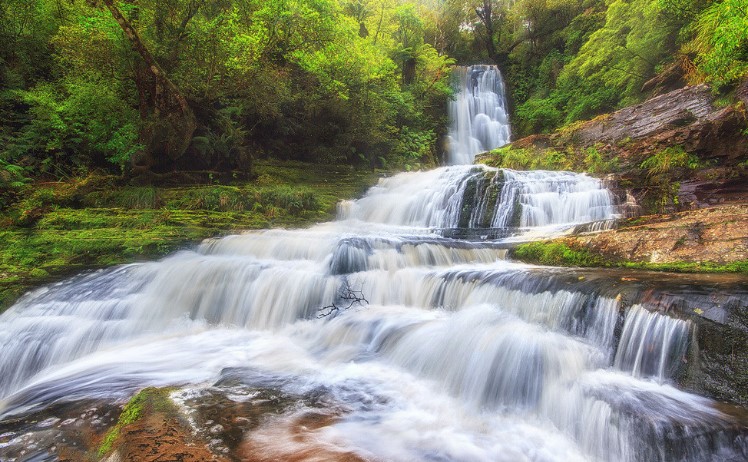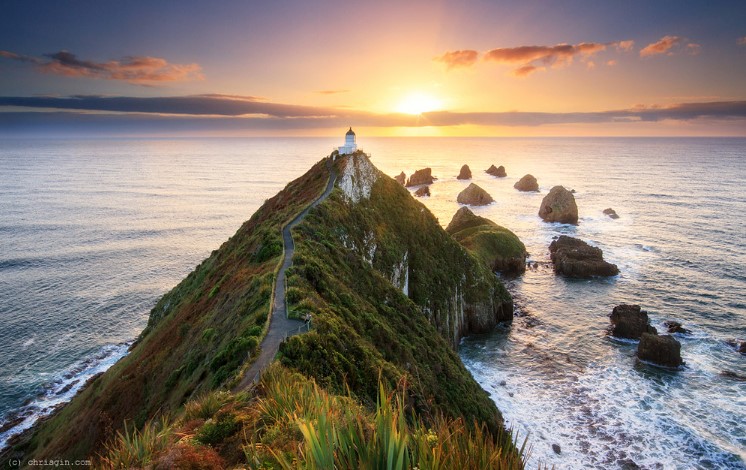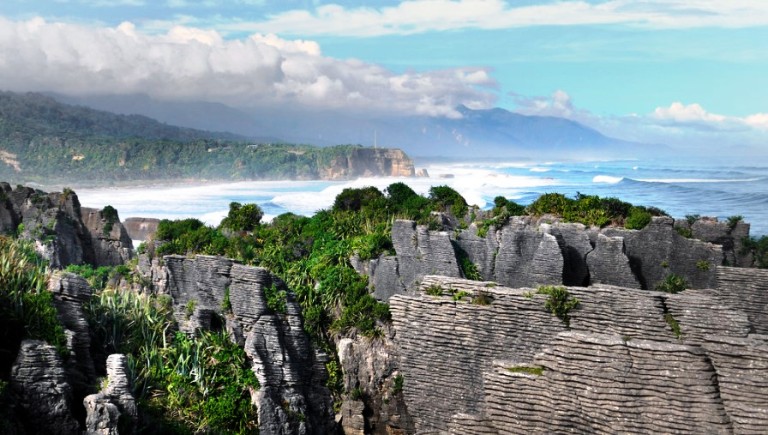Balls Pyramid is an erosional remnant of a shield volcano and caldera that formed about 6.4 million years ago. Balls Pyramid is a sea stack, a great jagged spire rising from the Tasman Sea. It lies 20 kilometers southeast of Lord Howe Island in the Pacific Ocean. The massive Balls Pyramid is one of the surviving above-ground structures discovered in 1788.
It is 562 meters high while measuring only 1,100 meters in length and 300 meters across, making it the tallest volcanic stack in the world. Ball’s Pyramid is part of the Lord Howe Island Marine Park in Australia. The Balls Pyramid is positioned in the center of a submarine shelf. The barren, rocky spire was believed to be devoid of life until 2001, when a group of researchers discovered what may be the world’s rarest insect.
The world’s tallest sea stack and Australia’s most remarkable diving can be found exploring the caves and waters surrounding the basalt spearhead. Divers come face-to-face with a mass of spectacular sea creatures. Ball’s Pyramid looks like a place where nothing could survive, but it isn’t devoid of life. It is home to the rarest insect in the world, the Lord Howe stick insect, famous for being as big as a human hand. The researchers found a colony of huge Lord Howe Island stick insects living under a single bush, a hundred feet up the otherwise entirely infertile rock.
The Lord Howe Island stick insect “Dryococelus australis,” known as “land lobsters” or “walking sausages,” the six-inch long insects were once common on the neighboring Lord Howe Island but was assumed to have been eaten into extinction by the black rats introduced to the island when a supply ship ran aground on its shores in 1918.
In some way, a few of the wingless insects escaped and managed—by means still unidentified—to traverse over 14 miles of open ocean, land on Ball’s Pyramid, and survive there. Just 27 of the insects have been found on the rocky spire. So, currently, they’re being bred in captivity.
From huge schools of Violet Sweep, Rainbow Runners, and Amberjack to Marlin, Dolphin, Turtles, and Wahoo, the underwater world will astound. Many rare species, like Spanish dancers and Galapagos whalers, also make these waters their home. Ball’s Pyramid is a widespread spot for fishing charters and is the only known place where the Ballina Angelfish can be sighted while scuba diving.
You could be forgiven for thinking it was the infamous headquarters of the Thunderbirds. In 1990, the policy was relaxed to allow some climbing. The Ball’s Pyramid is protected as part of the Lord Howe Island World Heritage Area, and people can no longer climb the mountain without permission.
Also Read: The Unusual Cold Geysers of Madagascar

